
Culture
08:15, 04-Feb-2018
Start of Spring: Make a year’s plan in Spring
By Ai Yan
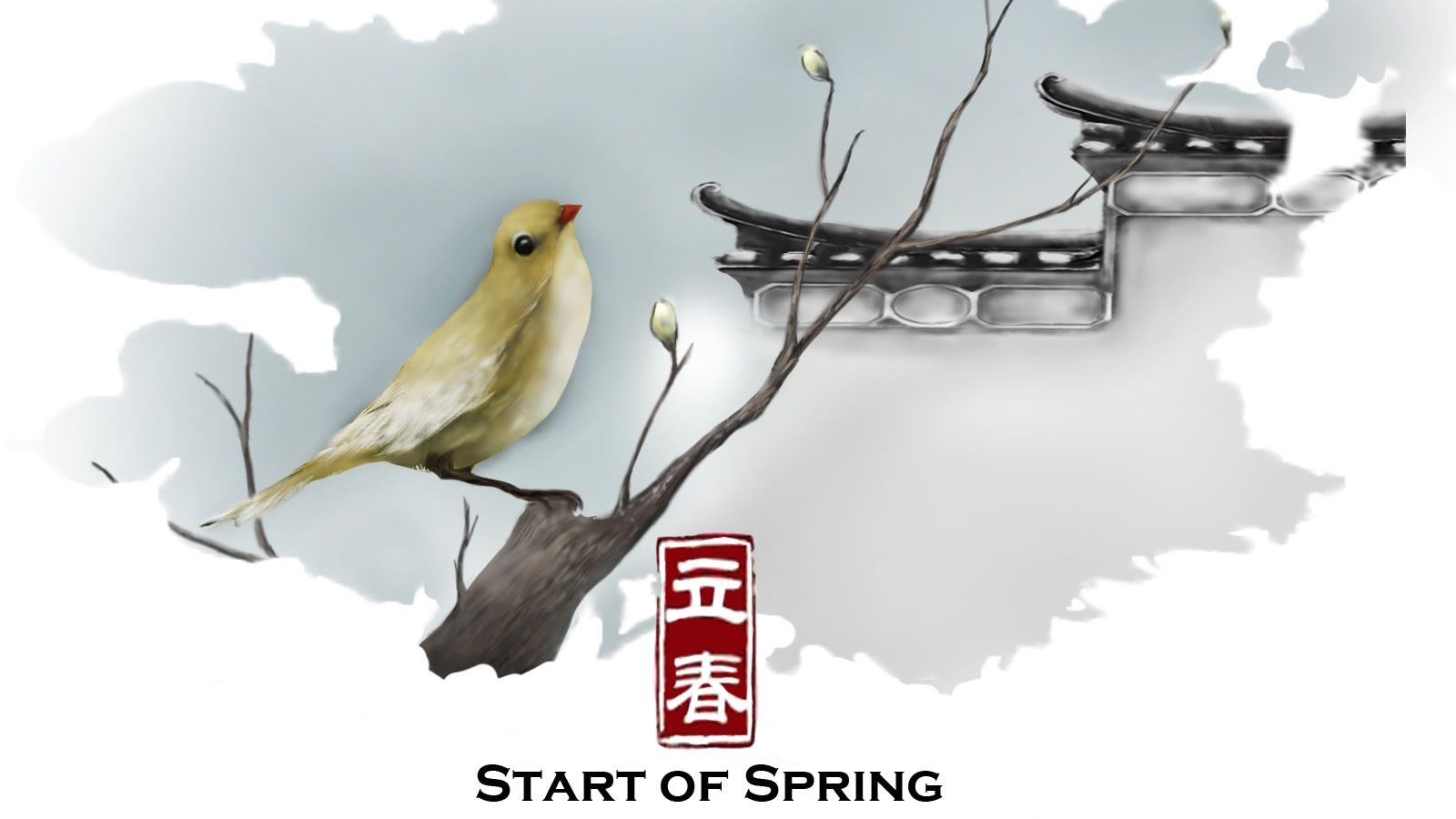
People on their journey home amid the Spring Festival might shudder for the next three days, as another cold front is on its way to hit central and eastern areas of China. However, there is no need to be thwarted by the cold as the spring is also on the way.
Sunday marks Lichun in Chinese, or “Start of Spring”, the first of the 24 solar terms in Chinese traditional lunar calendar. It usually falls around February 3 of the year, and is the beginning of a new cycle.
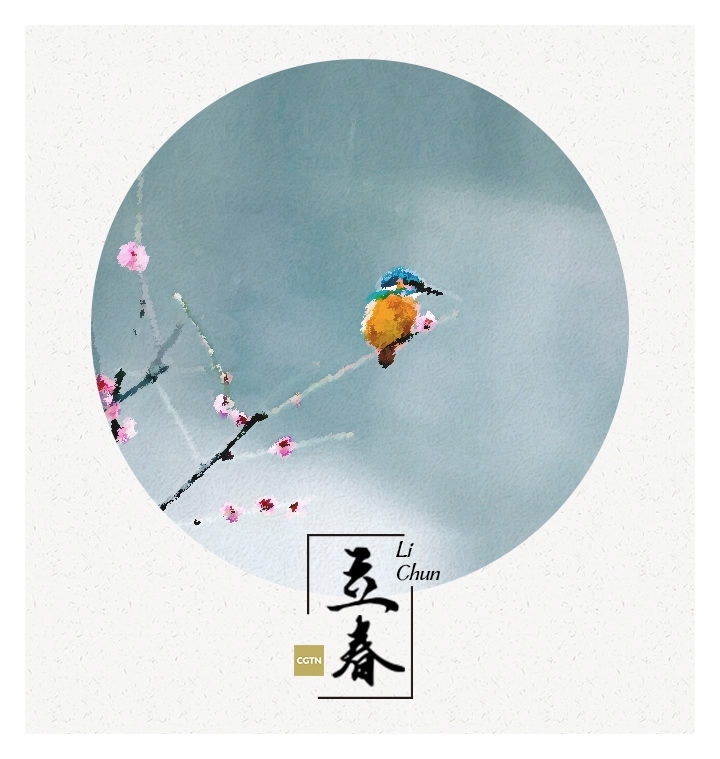
CGTN Photo
CGTN Photo
In the Chinese language, the character “Li” means “start”, while the season of spring is considered as the beginning of a year. During the next 15 days, warmer east wind is expected to arrive and melt the snow and ice.
Sprouts from beneath the snow
Though marking the day of Lichun is a tradition that could be traced back thousands of years ago, in terms of the climate, it is only the prelude of the spring.
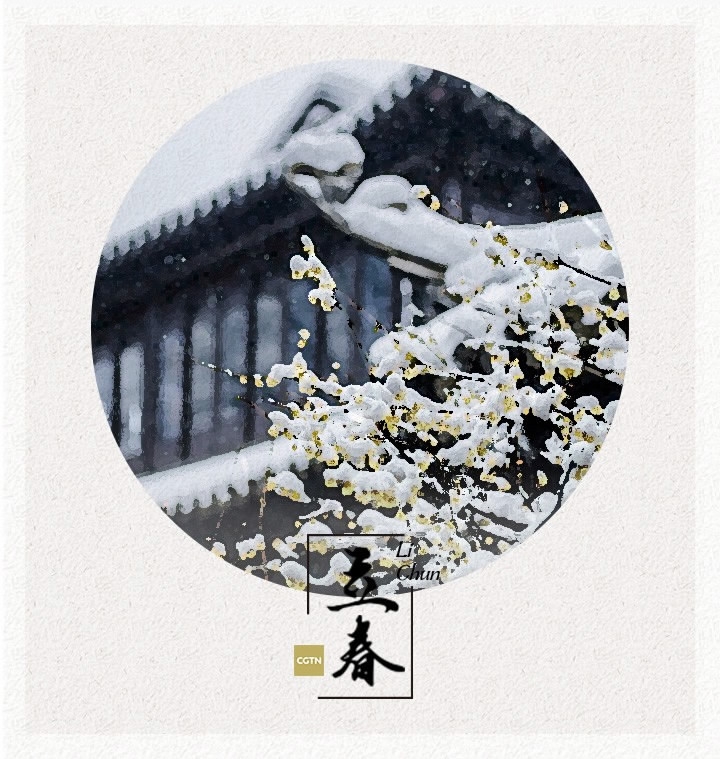
CGTN Photo
CGTN Photo
In fact, for a large portion of the Chinese territory, it still takes a long time for the green color to represent the brownish earth.
With the temperatures rising, rain would become more frequent. It is a great help for the farmers, for they need to loosen their fields for the planting. But it is still too early to take off the heavy coat – the wind is still a bit chilly before the Qingming Festival.
The beginning of the New Year
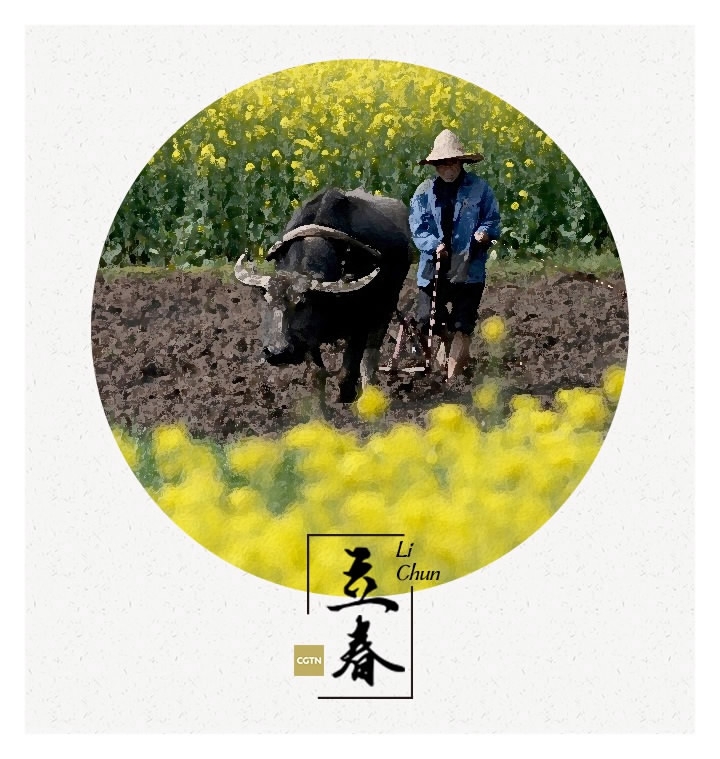
CGTN Photo
CGTN Photo
The Chinese have an old proverb: “Make your whole year’s plan in the spring and the whole day’s plan in the morning,” where the importance of the “Start of Spring” was fully demonstrated. Lichun is always an important festival for the Chinese people and there are quite a number of rituals or celebrations to mark the day.
In ancient days, local governments would usually sent an errand to herald the coming of the spring, distributing pictures and calligraphies with cows or some encouraging lines. People would also greet each other with clay sculptures of cows. Cows represents farming and was a good sign in the spring.
It was also a time for women to decorate the house and themselves. They would made sparrow-like paper cuts and hairpins with colorful paper or cloth, put them on windows and wear them in the hair.
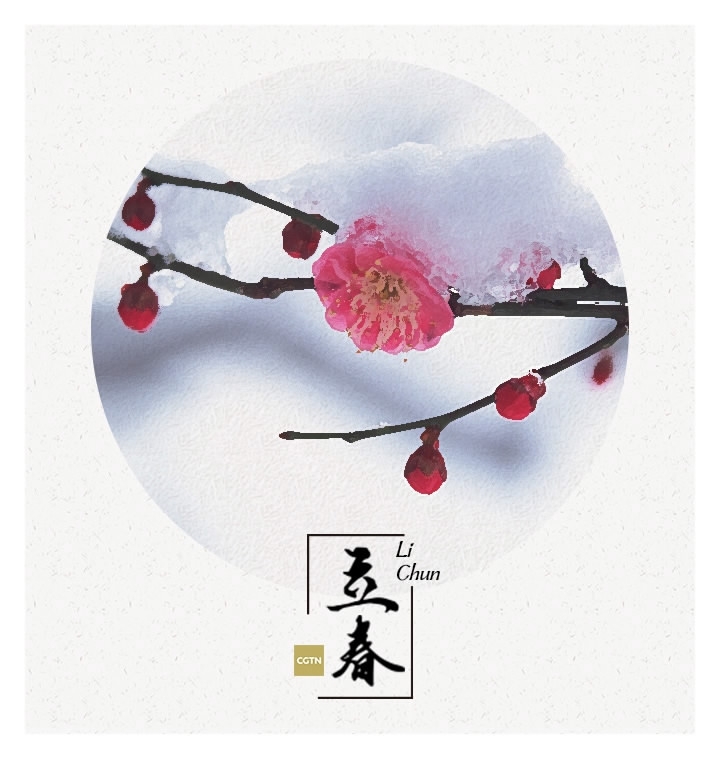
CGTN Photo
CGTN Photo
Nowadays, some of the traditions have been maintained, and “Yao Chun”, meaning take a bite of the spring, is one of them. It is believed that by biting a type of vegetable in the season, there would be good fortune in the New Year. Radish is the most common choice, because of its texture.
Eat light and fresh
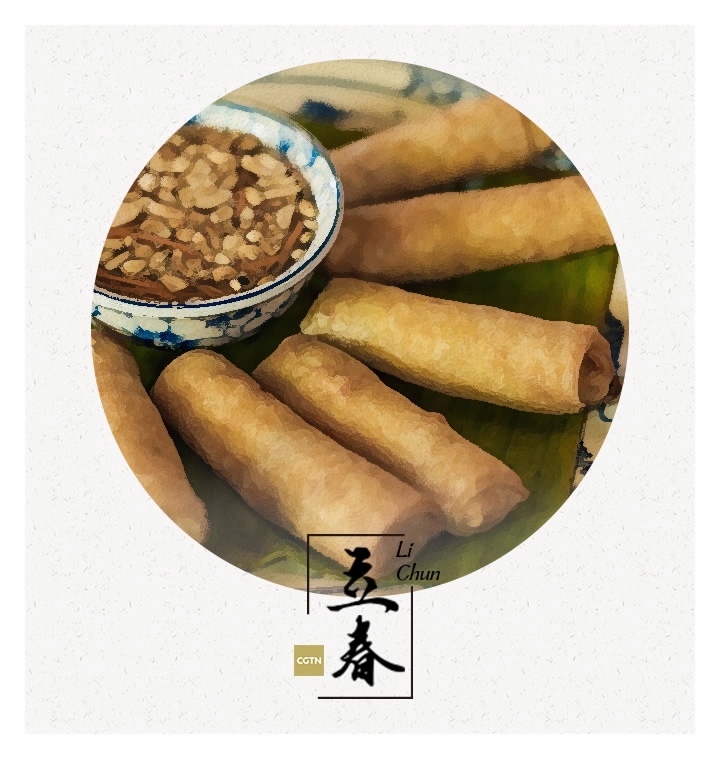
CGTN Photo
CGTN Photo
The traditional Chinese medicine believes that spring is a good season to protect the liver, so instead of spicy and dry dishes, light and fresh fruit and vegetables are recommended. Lily bulbs, yams, Chinese wolfberries and lotus seeds are among the best choices.
Many newly sprouted vegetables, such as bean sprouts and hotbed chives could be as nourish as health tonic. Rich in protein and vitamin, they are also fresh and tasty at this time of year. Both are indispensible stuffing for “chunbing” or “chunjuan” (spring pie or spring roll), food specially made for Lichun, with various kinds of vegetable slices in.
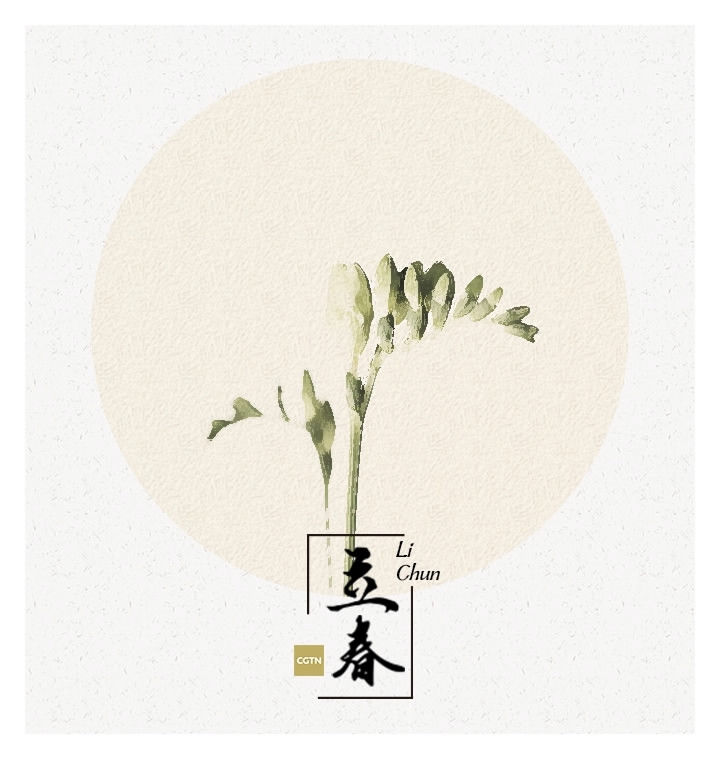
CGTN Photo
CGTN Photo
Chunpan, or the “spring dish” is also a traditional way of receiving nutrition during the special day. The Chinese people put various kinds of fruits, vegetables, candies, pies and other deserts in one dish, not only eating them with their own families, but also send them as gifts to their neighborhood.
Scented tea is probably the best beverage at this time of year. According to the Chinese medicine, they could help to drive out the remaining coldness and warm the bodies up.
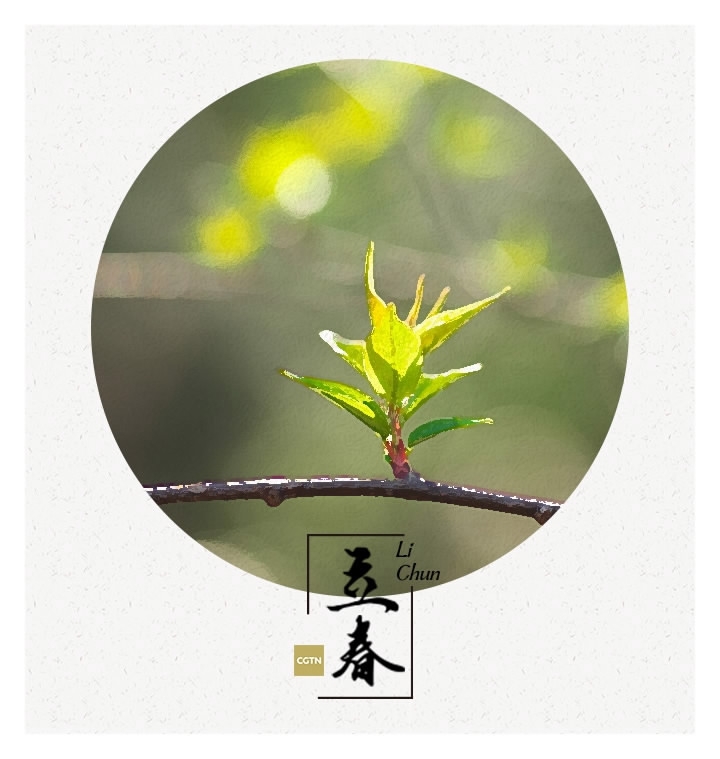
CGTN Photo
CGTN Photo
There is a lot of choice on the menu as the tea with a variety of flowers, including the plum blossoms, jasmines, roses, honeysuckles, sophora flowers and chrysanthemum. However, it is suggested that you choose in accordance with your own health condition.
A lunar year without the day of Lichun is also called a “blind year”, which implies how important the date is for the Chinese. Even though the Spring Festival holiday is still ahead, it is time make a resolution for the coming year, before it’s too late.
(Head image by Ma Xiaonan; illustrations by Yu Peng)
5km

SITEMAP
Copyright © 2018 CGTN. Beijing ICP prepared NO.16065310-3
Copyright © 2018 CGTN. Beijing ICP prepared NO.16065310-3